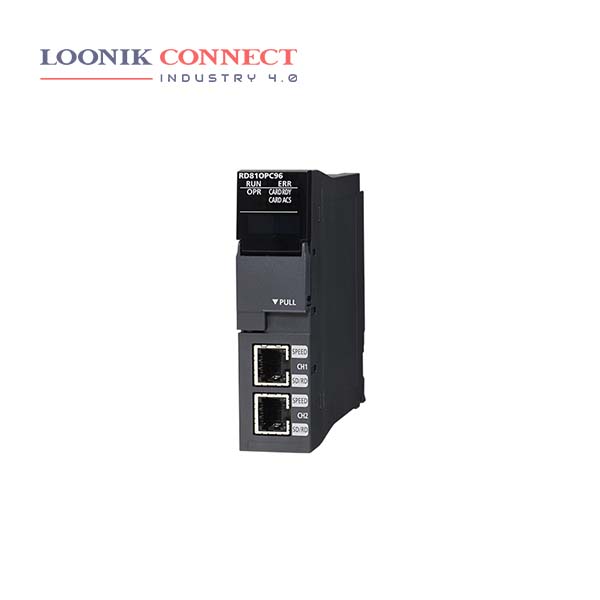The cycle of collecting and analyzing production data plays a crucial role in achieving several goals such as “operating ratio improvement by preventive maintenance,” “high-speed equipment and production lines,” “traceability,” and “energy saving.” By implementing advanced information modules, data communication between the IT system and programmable controllers can be established, allowing for seamless coordination between the shop floor and the IT system. One important aspect of this cycle is energy management, which involves measuring electricity and other energy sources like gas and heavy oil using appropriate measuring instruments tailored to the site. By centralizing energy management and collecting data on energy consumption, it becomes possible to monitor and optimize energy usage effectively.
By automating the data collection process and implementing CO2 conversion algorithms, the labor time required for aggregating energy and CO2 emissions data can be significantly reduced. This automation helps streamline the process and allows for more accurate and timely analysis of energy consumption and carbon emissions. Overall, the integration of advanced information modules, automated data collection, and CO2 conversion enables companies to improve their operating ratios through preventive maintenance, optimize the performance of high-speed equipment and production lines, ensure traceability in the production process, and achieve energy-saving goals.
A well-designed dashboard can present data in a clear and intuitive manner, making it easier for employees to understand and interpret the information. It can include visualizations such as charts, graphs, and progress indicators that highlight the progress made in CO2 emissions reduction and energy saving efforts. This visual representation helps employees grasp the impact of their actions and motivates them to further contribute to the company’s sustainability goals.








